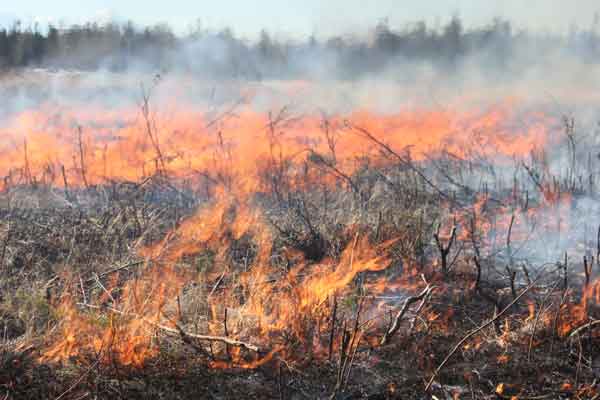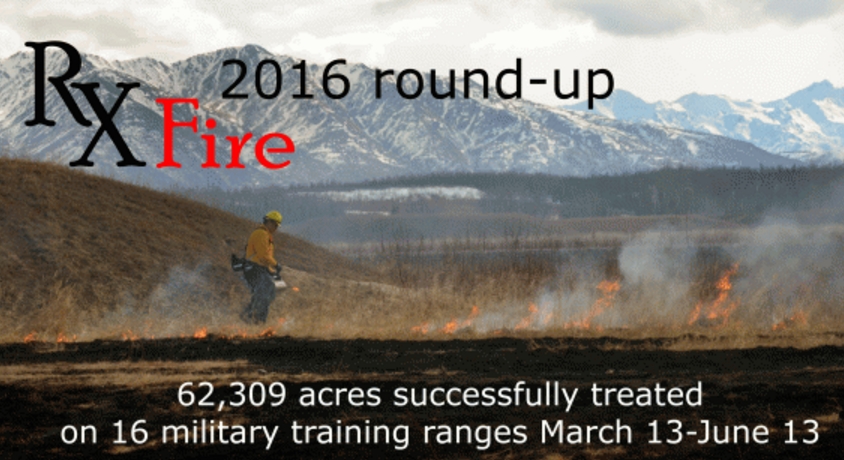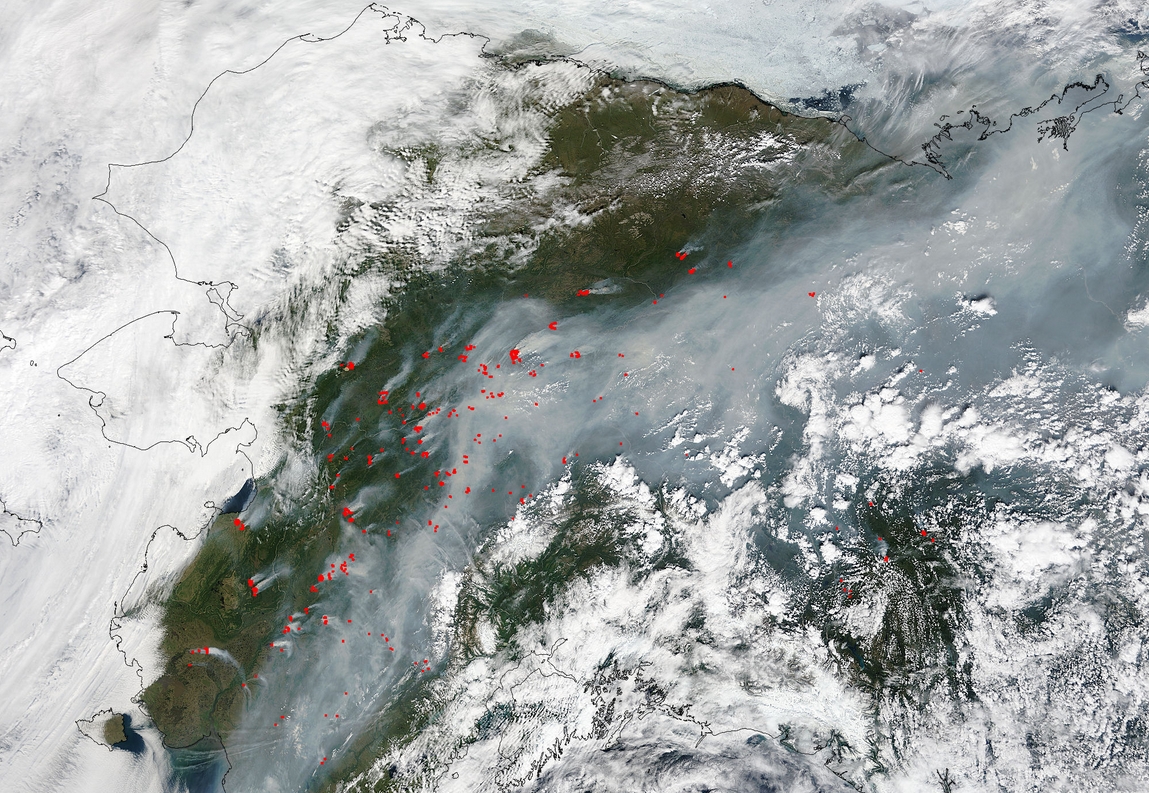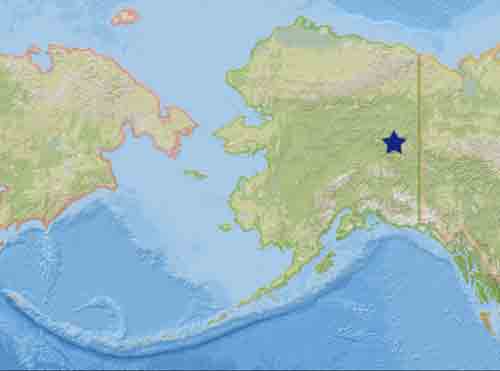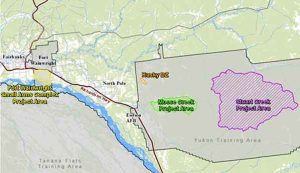
(FAIRBANKS, Alaska) – The Bureau of Land Management Alaska Fire Service (BLM AFS) in cooperation with local, state, federal and military partners implemented several successful prescribed fire projects this spring to reduce the risk of wildfires on military training areas. There were 31,517 acres and 400 woody debris piles burned on 15 military ranges in Interior Alaska between April 18 and May 19. The last prescribed fire, located on the Yukon Training Area, was declared out Wednesday.
Some of the benefits for using prescribed fire are:
• Reducing the risk of wildland fires that could impact nearby communities including military installations and training facilities safeguarding our citizens and our firefighters.
• Reducing the possibility of an unplanned ignition under dry or windy conditions.
• Reducing fire danger around training targets used during the summer and creating barriers that could contain an incidental fire.
• Promoting growth of succulent green forage that not only is resistant to fire, but favored by small and large species of wildlife and benefits their habitat.
• Burning off the dead grasses while the ground is still frozen and while moisture still remains in the timber so controlled burns won’t spread into the nearby wooded areas. It would be difficult to contain a fire that moves into black spruce during extreme fire conditions.
Prescribed fires are conducted when weather conditions and site prescriptions are met. The approved prescribed fire plan includes a burn permit approved by the Alaska Department of Environmental Conservation (ADEC). Diligent coordination with the DEC and the National Weather Service is ongoing during the prescribed fire period. The BLM AFS works with the ADEC to monitor smoke conditions and air quality during the planning phase and also during the actual burn to ensure it is in compliance with local, state, and federal policies and regulations governing air quality. This includes the Fairbanks North Star Borough air quality control program’s guidelines. The BLM AFS suspended burning on 14 days this spring due to unfavorable wind direction for smoke impacts to communities. Most of these days occurred during burning operations in the Fort Wainwright Small Arms Complex outside Fairbanks in May.[xyz-ihs snippet=”Adversal-468×60″]
The success of these prescribed fires wouldn’t be possible without the support of the U.S. Army Garrison Environmental Department, U.S. Army Alaska, U.S. Air Force, U.S. Army Alaska Range Control. These partners make up the Fire Mitigation Community of Interest Working Group that holds weekly meetings to discuss training schedules and future wildfire mitigation efforts. If conditions allow, the next round is planned for the fall to reduce and mitigate black spruce near active ranges that pose a wildfire threat on lands that draw military from all over the world to train.

